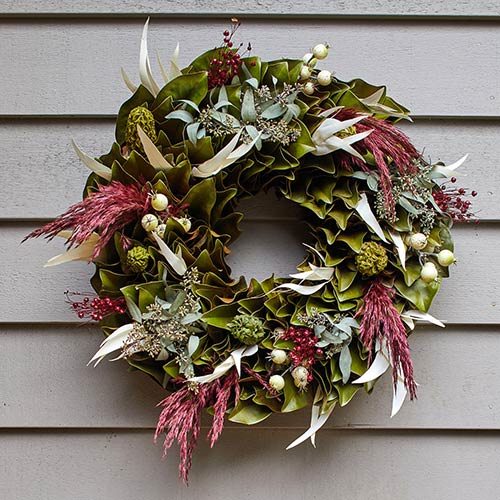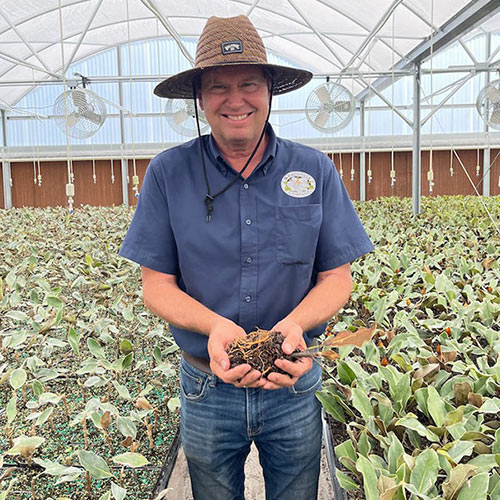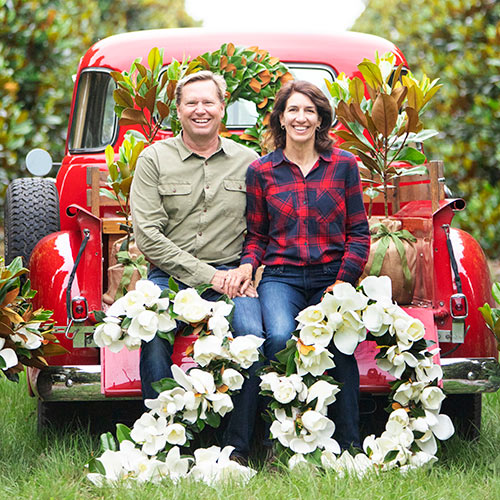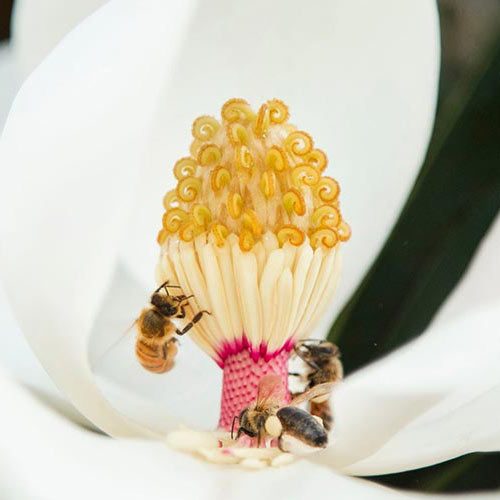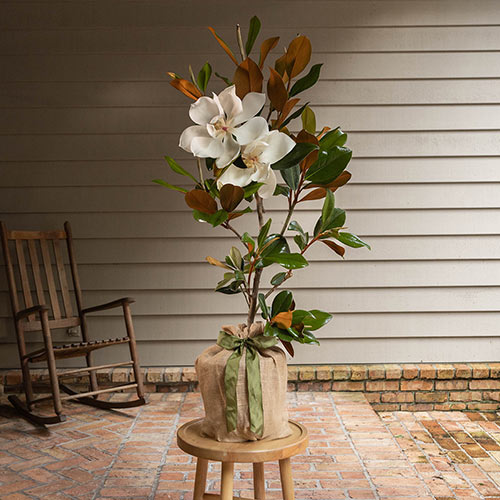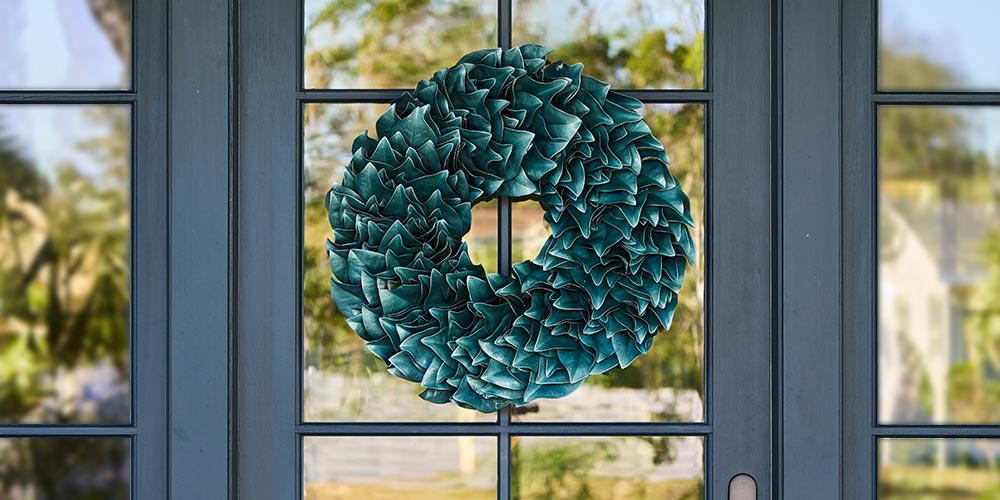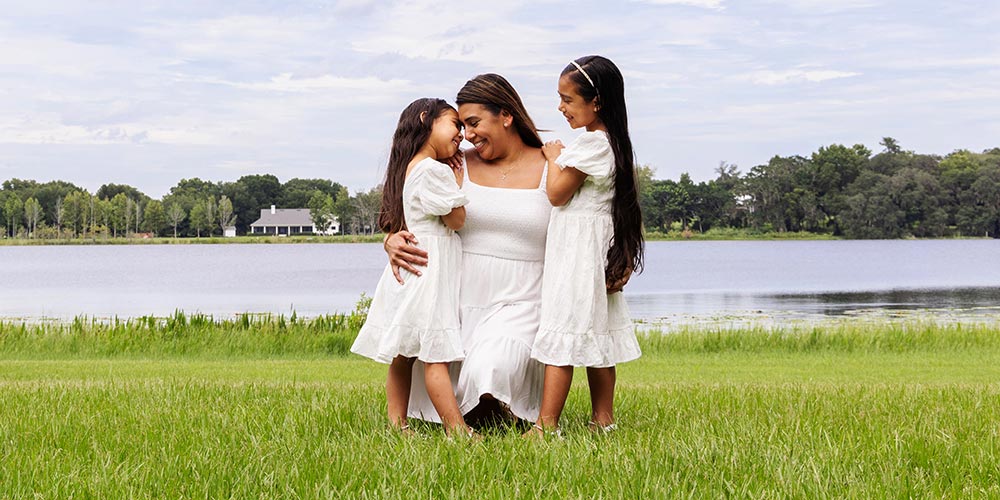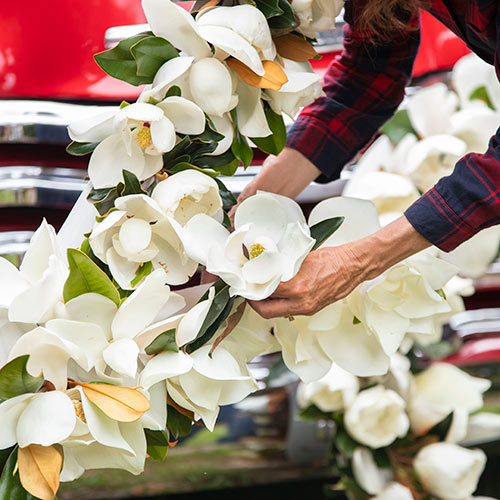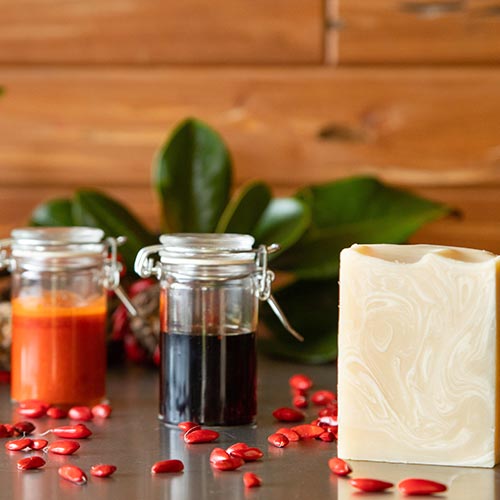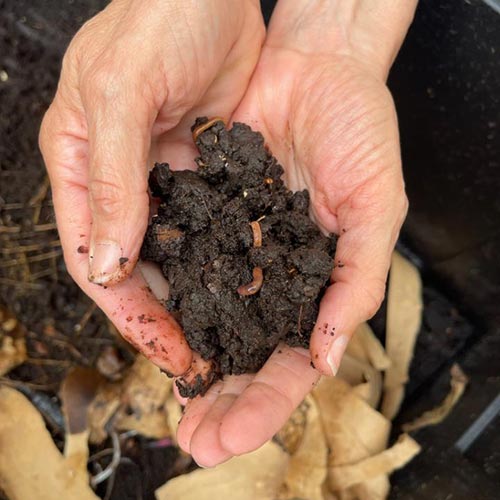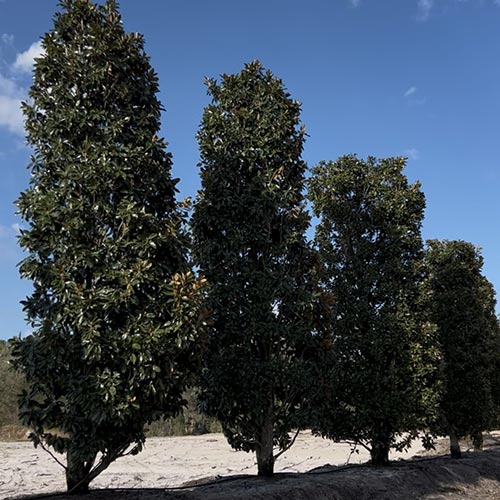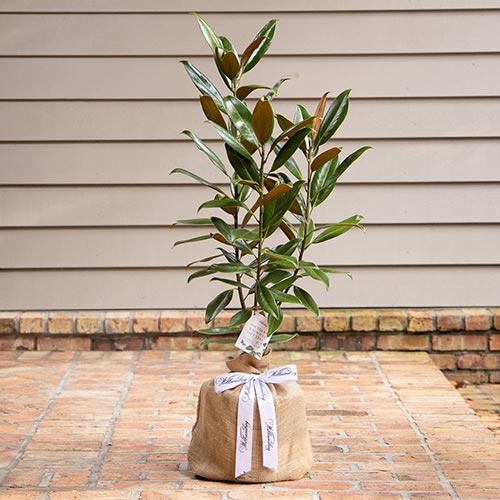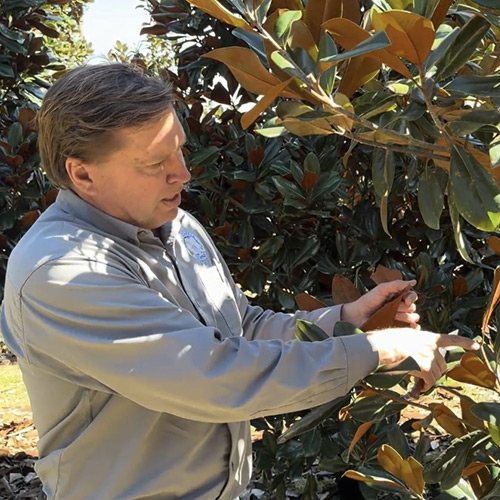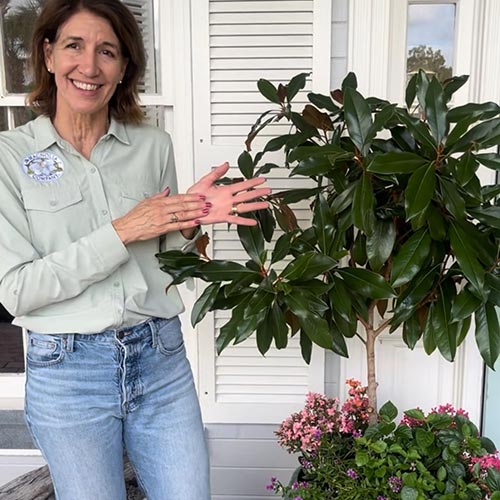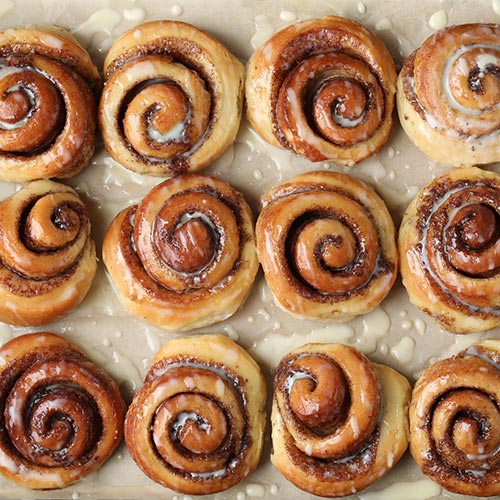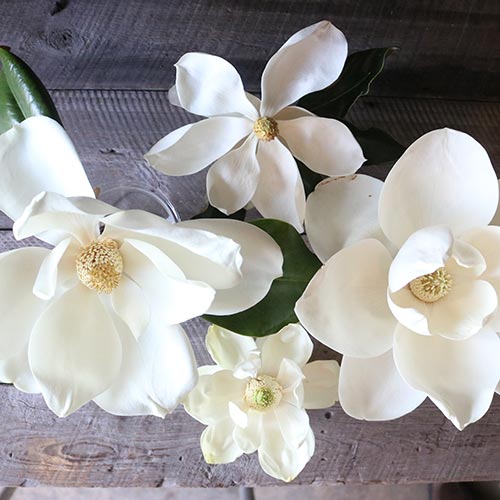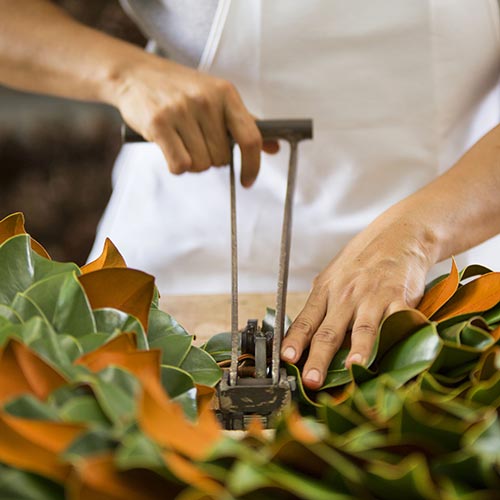Why to Garden With Compost
April 14th, 2022
There are a lot of benefits to using compost in your garden. From bringing your plants essential nutrients to keeping plant waste out of landfills, there are many reasons why we compost here on our magnolia farm—and why you should too!
But before we dive into how to compost and why to use it in your home garden, we want to share a little bit about how and why we use it here on our farm. One of the biggest reasons we started working with compost is because we’re looking to grow trees in a more organic way.
We’ve done this by working with neem oil instead of pesticides and working with compost instead of synthetic fertilizers is another way we do so. There are a lot of beneficial things about the compost and how it actually promotes the growth of beneficial bacteria and fungi in the soil.
The roots actually absorb that beneficial bacteria, which allows them to take in fertilizer and water more efficiently. Compost also helps sandy soil retain water and nutrients and makes soil easier to work with.
Here are a few more benefits of giving your plants/trees compost:
- Compost contains certain macro and micronutrients that aren’t always available in synthetic fertilizers.
- Compost helps plants retain water, which means decreased chance of dehydration.
- Compost can improve water drainage and help air penetrate the soil by loosening tightly bound particles in clay or silt soil.
- Compost will attract many beneficial organisms like insects and worms that will burrow through the soil and keep it well aerated.
- Compost reduces the need for synthetic fertilizers, which means less run-off and contamination of water sources.
- Compost helps create a more eco-friendly garden.
How to Make Your Own Compost
Luckily, it’s actually pretty easy to make your own compost at home. It will not only provide some of the benefits we listed above, but also help reduce waste.
To create your own compost, all you need is a compost bin or pile. Inside your bin or pile, you’ll want to include three parts brown materials and one part green materials.
Brown materials include things like:
- Soil
- Dried leaves
- Shredded tree branches
- Cardboard
- Newspaper
- Hay or straw
- Wood shavings
While green materials include:
- Kitchen scraps
- Coffee grounds
- Animal manures (not from dogs or cats)
- Fresh plant and grass trimmings
Once all of these natural materials are combined, you’ll want to water and stir it about once a week. Just make sure you don’t water it too much as you don’t want to waterlog your pile. It should be the consistency of a damp sponge.
The reason why you should turn your compost about once a week is because it provides the pile with oxygen. This helps the pile cook faster as well as keeps materials from clumping together and starting to smell. Before you turn your pile make sure the center of the pile feels hot or reads between 130 and 150°F on a thermometer.
You’ll know your compost is ready to use when it’s dry, brown, and crumbly and no longer warm. If you’re using compost for your indoor plants, you can even try making compost tea.
How We Make Compost
Since our farm requires a lot of compost, we need way more green and brown materials than the waste from our own kitchen. So we’re lucky enough to work with a really large horse farm close by.
They have just a tremendous amount of composted horse shavings, hay, and other bedding material. So it’s a nutrient rich compost.
On the horse farm, they actually bring that compost out of the stalls and then will heat it up to over 165 degrees for a period of time to get out any kind of bad bacteria. This is a really quick way to “cook” your compost and is usually how compost is made on a commercial scale.
After that, it’s ready to use on the farm. So we bring that out to the farm here. We’ll also combine it with our fallen and cut magnolia leaves and branches that we make a mulch out of. And we’ll actually use about two tons of compost per acre per year.
It’s really incredibly beneficial for our Southern Magnolia trees and we’ve been able to see wonderful results using compost. If you go ahead and watch the video above, you’ll see how a network of fungi, which is really great for our trees, have started spreading through the soil.
Plus, it is really a better choice for the environment. Since we’ve been able to reduce our synthetic fertilizer use, we know we’re able to reduce contamination of nearby springs and habitats.
As always, we hope you benefited from learning more about how and why to garden with compost. Feel free to reach out with any questions by contacting us here.
Recent Articles
